Activity Across the Market (October 2021 Greysheet)
It is clear that this has already been a stellar year for ultra rarities. The tremendous amount of million-dollar-plus coins that have sold this year has been a very welcome turn of events that actually started late last year.
In the aftermath of the ANA World’s Fair of Money U.S. coin auctions, it is clear that this has already been a stellar year for ultra rarities. The tremendous amount of million-dollar-plus coins that have sold this year has been a very welcome turn of events that actually started late last year. In the recently concluded sales mentioned above, Heritage Auctions sold $48.79 million worth of U.S. coins while the Stack's Bowers official auction totaled “over $31 million,” according to the post-sale press release. In reviewing these two events, and the ones that took place earlier this year, one thing that is hard to miss is the performance of 20th century and modern (post–1964) coinage. While multi-million dollar coins make the headlines and are newsworthy, there are numerous 20th century coins that have sold for many multiples of their previous highs. Another aspect is that it is not just the key dates achieving big prices.
A good place to start are the Standing Liberty Quarters that were in the Simpson Collection. The famous 1920-D graded PCGS/CAC MS68+FH re-set its previous record, selling for $372,000. In August of 2012 it sold for $211,500. The 1919-S graded PCGS/CAC MS66+FH that sold for $192,000 also has a severe upward trajectory. In 2003 it sold for $34,500 and then reappeared in May of 2005 bringing $60,375, nearly doubling in just over two years. The most recent price is not only a 218% increase from its last auction price, it demolished the record for the date and grade.
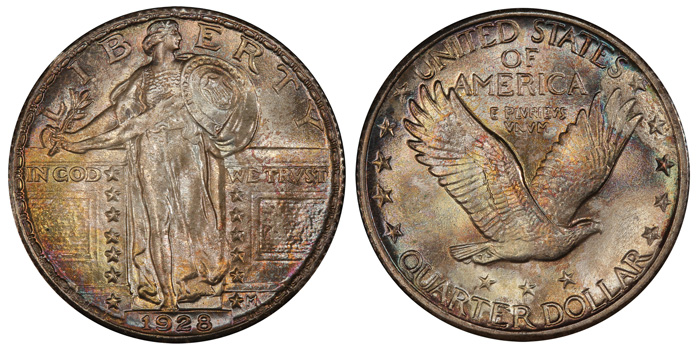
Finally, the 1928 quarter, graded PCGS/CAC MS67+FH, sold for a stunning
$120,000. While it has long been established that this is the finest 1928
quarter in existence and the 1928 is a condition rarity, it is not a date
that most collectors would think of when considering six-figure SLQs. This
coin also last sold in August of 2012 at Stack's Bowers when it realized
$44,063. Highlighting the premium that currently exists for the accepted
finest coins, another 1928 in PCGS MS67FH, without the Plus or CAC, sold
for $14,400 in March of last year.
Shifting focus to Walking Liberty Halves, it is impossible not to take notice of the 1942 proof, graded PCGS/CAC PR68, that sold for $60,000. Yes, this coin is beautifully and perhaps uniquely toned, but this result blows away the previous record for the date, exceeding those few coins graded PR69. In general, a 1942 PR68 Walker would normally sell for $2,500 to $3,000.
In June, Stack's Bowers sold the Lulu Collection of Walkers, in which a 1943 half graded PCGS/CAC MS68+ brought $120,000. This sets the record for the date by a large margin, eclipsing the $35,250 paid for a MS68 in September 2018. I recall in August 2010 when Heritage sold a PCGS graded MS68 1944 for $109,250, many scoffed at such a price for a modern common date coin, regardless of the grade or appearance. This coin was also in the Lulu Collection, selling for $84,000, but despite that lower result, the overall collection appreciated nicely. Another example is the 1942, also PCGS/CAC MS68+, which sold for $78,000 clearing the previous record of $28,200.
There are many other examples of results like this for 20th century series, including late date Indian Cents, Lincoln Cents, and Full Band Mercury Dimes. Even coins that do not meet these lofty standards are helped value-wise, as these headline coins pull up the entire market. The 1909-S VDB is an example of this, as it shows strong increases across the board in this issue.

Download the Greysheet app for access to pricing, news, events and your subscriptions.
Subscribe Now.

Subscribe to The Greysheet for the industry's most respected pricing and to read more articles just like this.
Author: Patrick Ian Perez
Patrick Ian Perez began as a full time numismatist in June of 2008. For six years he owned and operated a retail brick and mortar coin shop in southern California. He joined the Coin Dealer Newsletter in August of 2014 and was promoted to Editor in June 2015. In the ensuing years with CDN, he became Vice President of Content & Development, managing the monthly periodical publications and data and pricing projects. With the acquisition of Whitman Brands, Patrick now serves as Chief Publishing Officer, helping our great team to produce hobby-leading resources.
In addition to United States coins, his numismatic interests include world paper money, world coins with an emphasis on Mexico and Germany, and numismatic literature. Patrick has been also published in the Journal of the International Bank Note Society (IBNS).
Related Stories (powered by Greysheet News)
View all news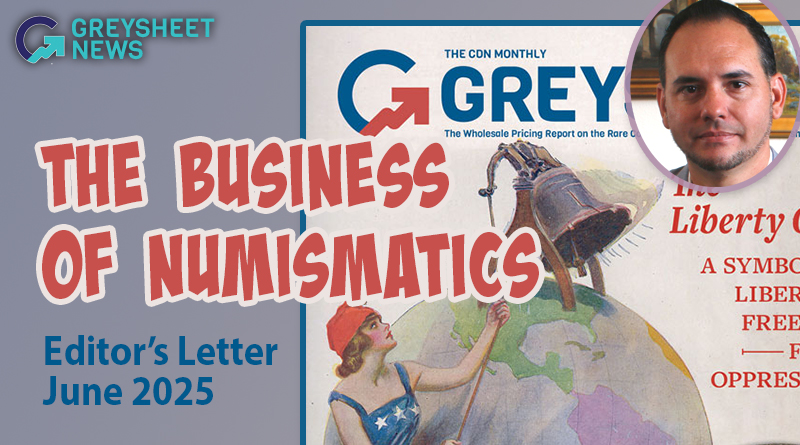
Dramatic swings both ways, but mostly in the upward direction, have commanded the headlines.
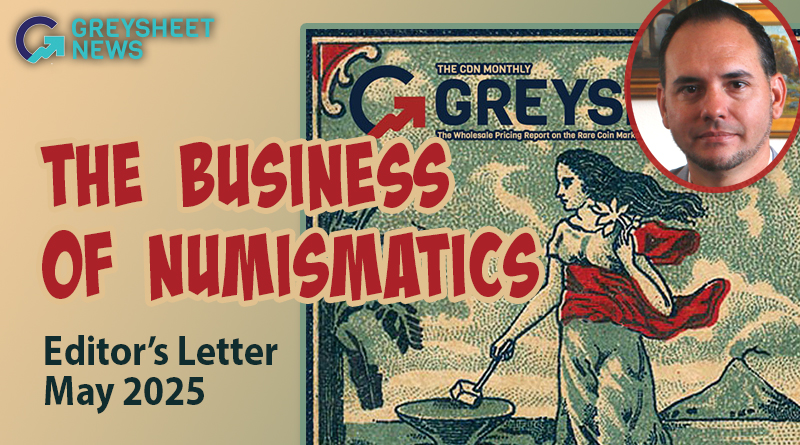
There was no shortage of market madness towards the end of March and into April, from both a macro equity point of view and in precious metals.
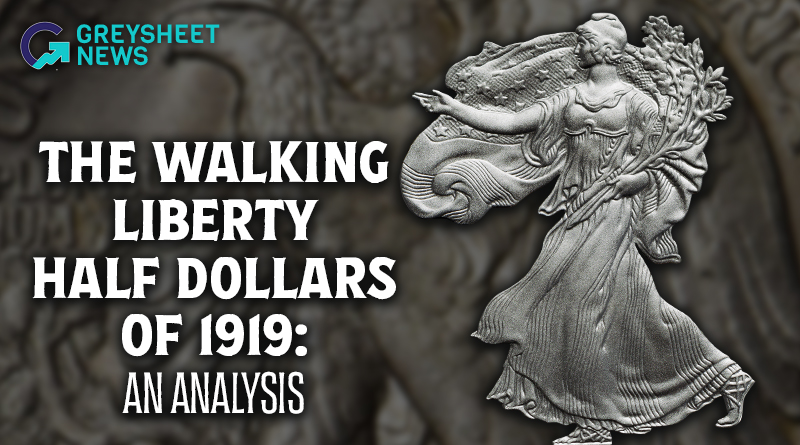
Although the three 1921 Walkers boast the lowest collective mintages in the series, the 1919 dated coins are not too far behind.


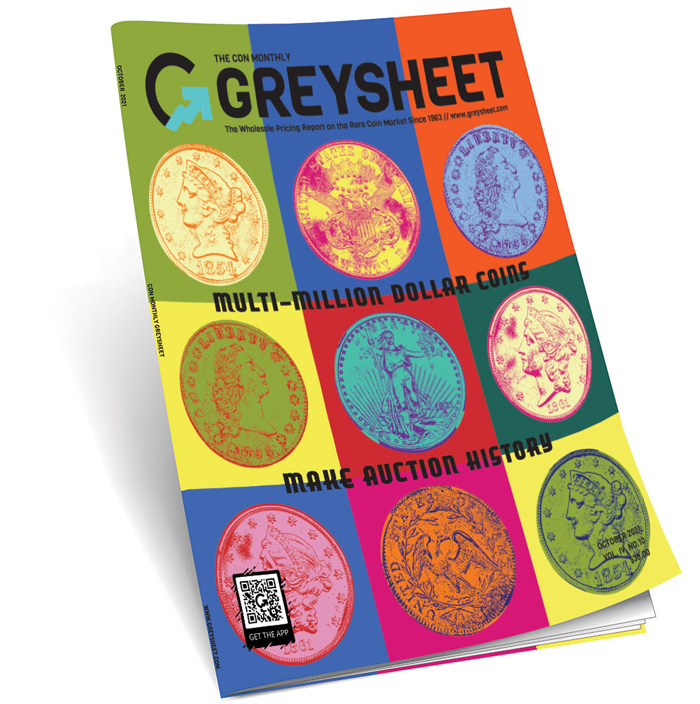






Please sign in or register to leave a comment.
Your identity will be restricted to first name/last initial, or a user ID you create.
Comment
Comments